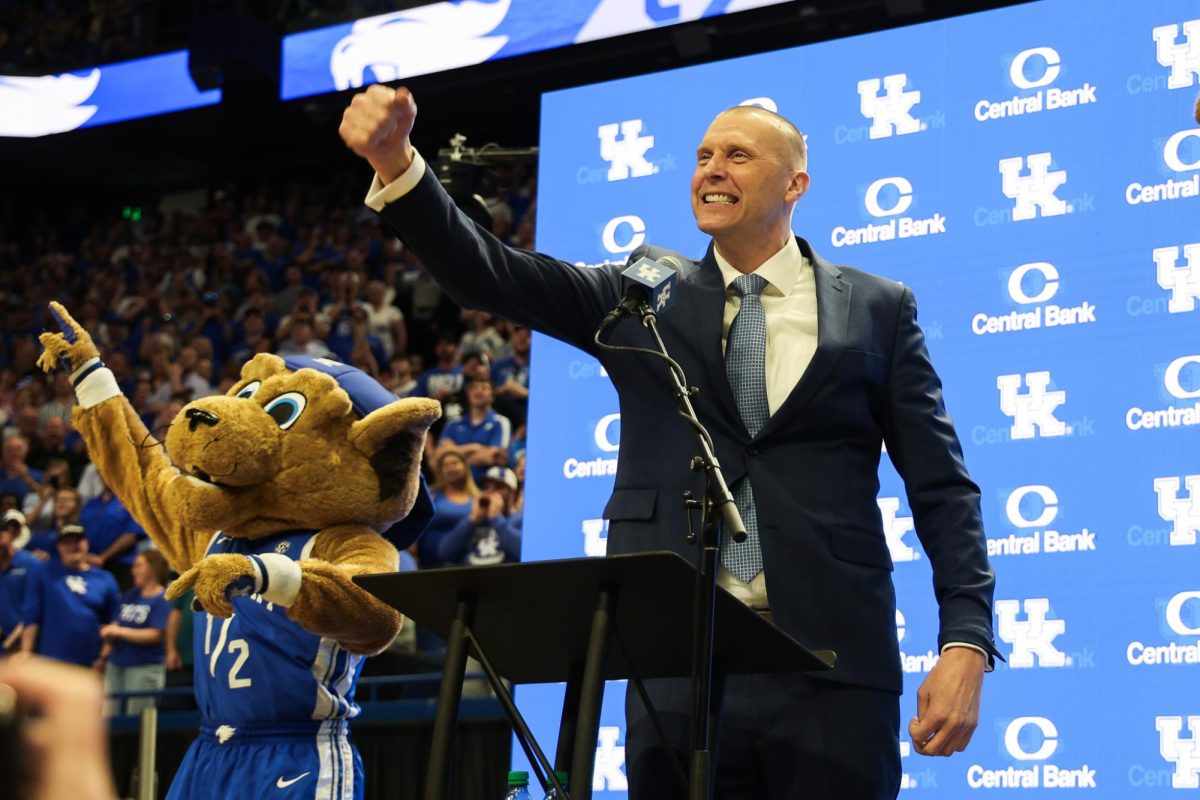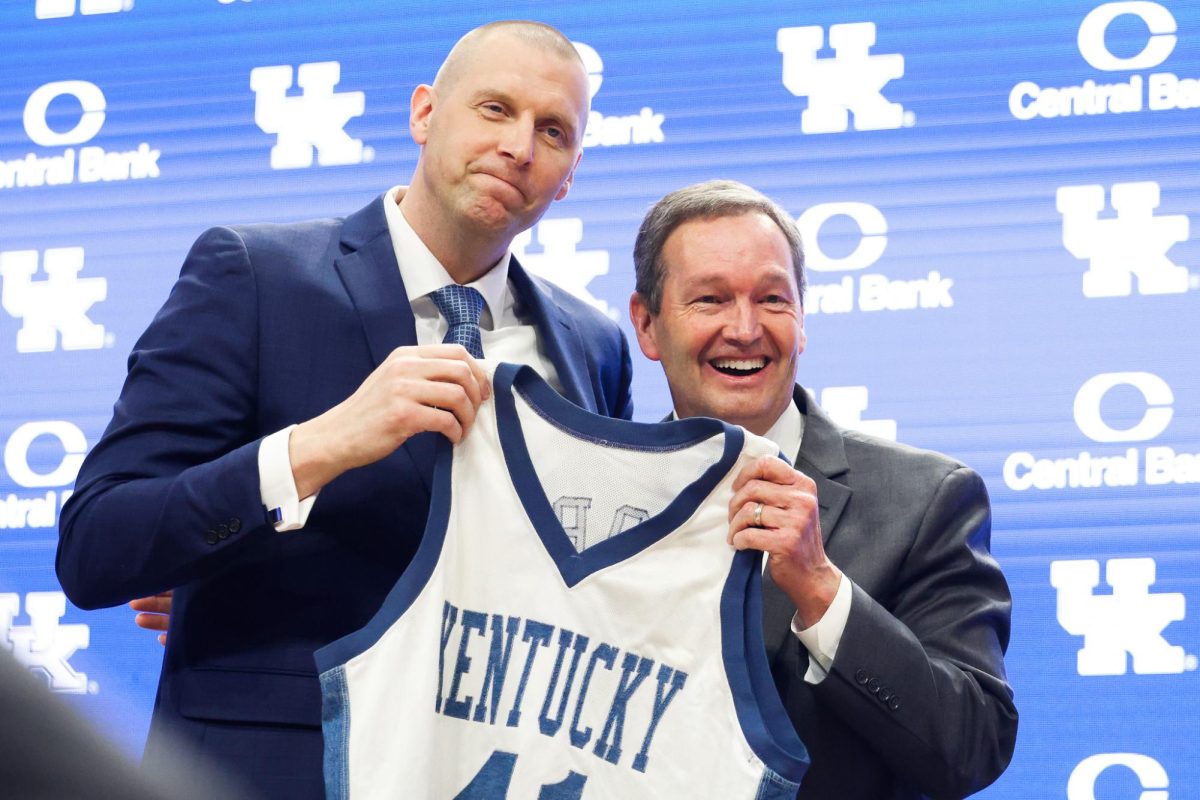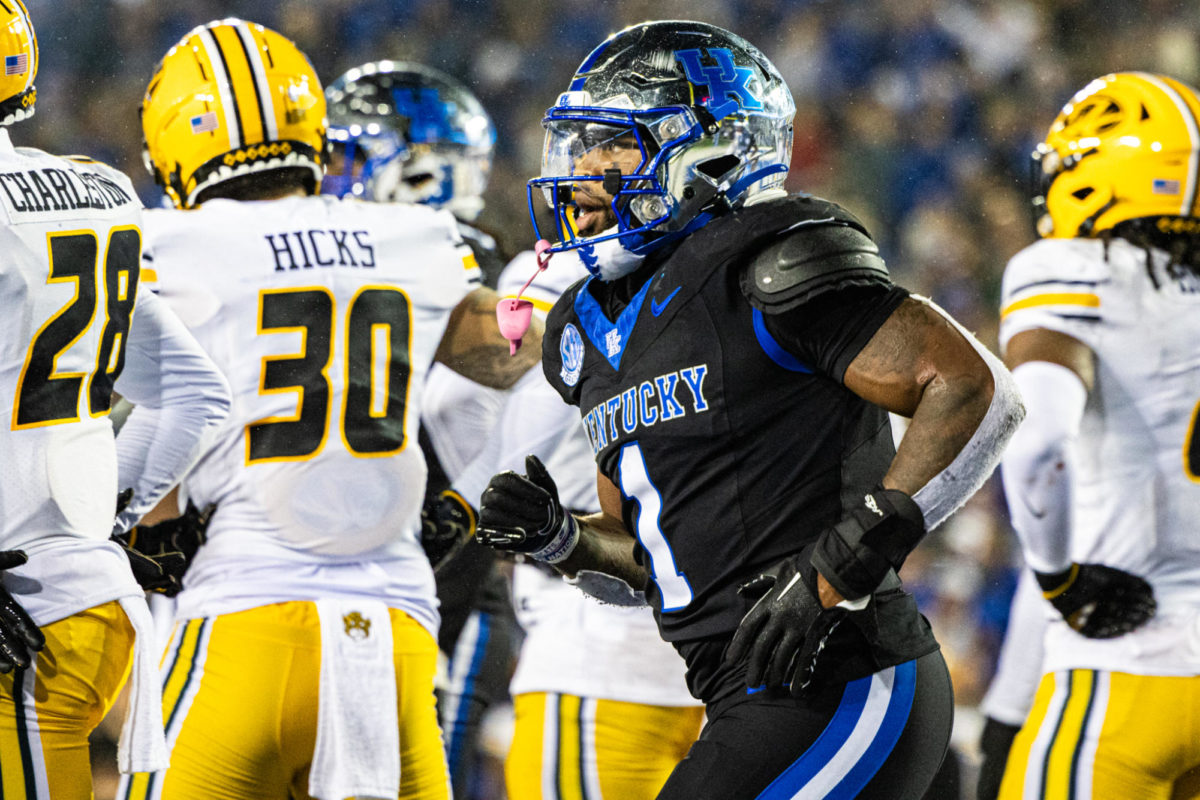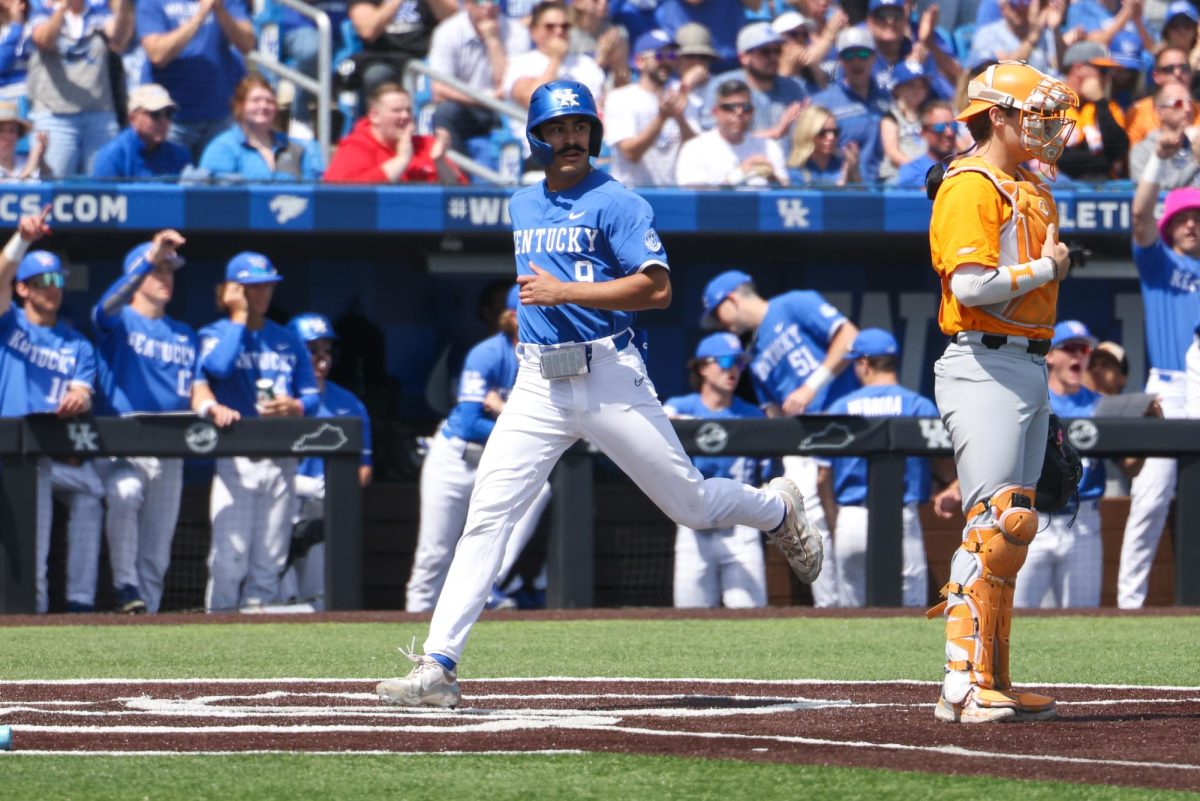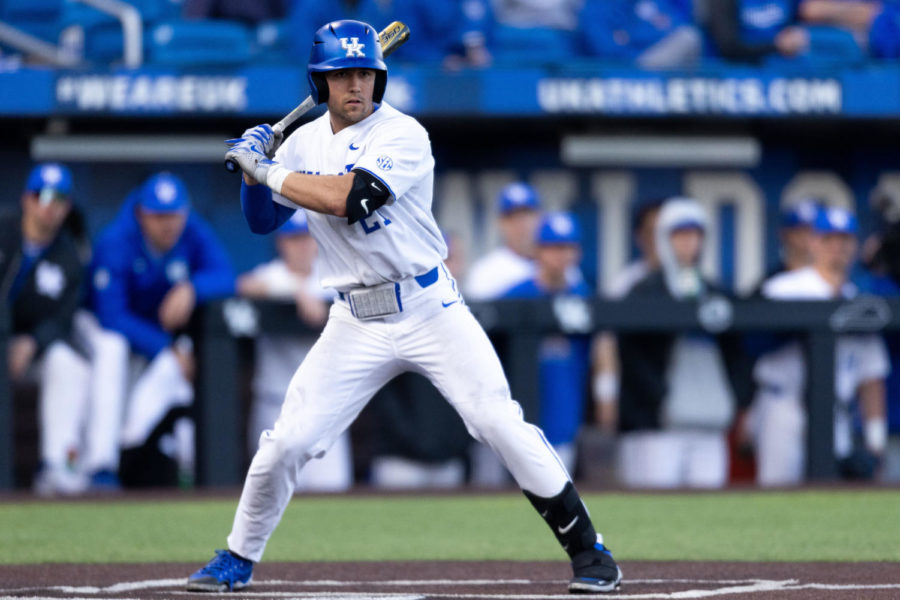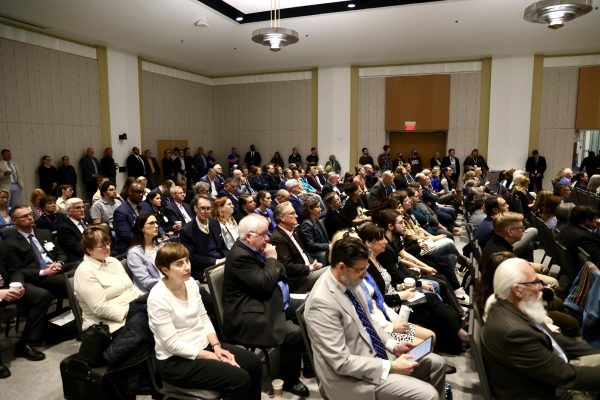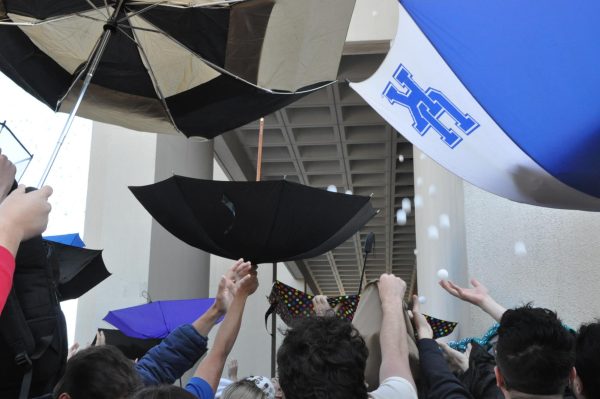Private loans for students may be more difficult to obtain
March 6, 2008
Students stressed about paying for college will probably have more to worry about next year if they rely on private loans.
Some private lenders for student loans have begun to either offer fewer loans or drop out of the business completely, said Meredith Robinson of the Kentucky Higher Education Assistance Authority and the Student Loan People.
“Some lenders have already pulled out because they have looked in their crystal ball and have seen they can’t afford it,†said Robinson, a marketing support manager.
KHEAA and the Student Loan People are state-run sister agencies that guarantee loans for students from private lenders such as banks. The agency has already seen 10 of its 200 lenders drop from the program since August, Robinson said.
“I know 10 seems like a small number, but this looks like just the beginning,†Robinson said.
Beginning in late 2006, the housing bubble burst when demand for homes dropped. The poor housing market meant lenders had less money to give out as loans, making them much more selective about giving loans to students.
Because of the poor market, a lender could notify UK that it will not be providing student loans for the next school year as late as the day before school starts, Robinson said. The student would then have to find another lender to cover costs.
UK Student Financial Aid Director Lynda George recommended applying for federally funded loans like Pell Grants or Stafford Loans before going to private companies to get money for college. Federal loans have lower interest rates than private loans, George said, and every student can at least get an unsubsidized loan, where the student has to pay interest.
Federal loans are more stable than private loans and should not be affected by economic woes, said Larry Warder, acting chief operating officer of Federal Student Aid.
“We understand that there is a great deal of uncertainty in the current economic environment,†Warder said. “… Thus far, we have not encountered any situation in which an eligible school did not have access to federal student loans.â€
George estimated that about 95 percent of students apply for federal loans before they apply for private loans. That means that the decrease in available private loans should not add strain to the federal system.
However, state agencies across the country have been reporting they have had problems finding private lenders for student loan debt. Michigan, Mississippi and Montana have either shut down or slimmed down their programs because of lack of available lenders.
“It’s been a rollercoaster ride so far,†Robinson said.
Another disadvantage of federal loans is that they have pre-set limits, whereas private loans do not. The limits and the continuing rising cost of education made UK student Margaret Bard nervous when she returned to school to get a second degree.
Bard uses federal loans. Her son had to supplement federal loans with loans from private companies, which she said he is still paying back years after graduating.
“Back when I got my other degree, tuition was so low,†said Bard, a dietetics senior. “Now, I don’t see how students even make it.â€
In 2006, about 29 percent of students left UK in debt and the average amount they owed was $18,758, according to the Project on Student Debt.
Tuition is increasing each year and UK President Lee Todd has said UK cannot guarantee tuition increases under 10 percent if state government does not fully fund UK’s Top 20 Business Plan. Gov. Steve Beshear recommended budget cuts for higher education of 12 percent for the 2008-10 biennium, on top of a 3 percent cut already in place.
Kentucky’s budget will be determined by the state legislature in April.
This year, about 7,200 of UK’s 27,000 students received an average of $10,833 in federal financial aid, George said. About 1,200 students received an average of $9,900 in private loans.
English junior Rummana Amin is one of about 7,200 UK students to receive federal financial aid. The limited amount of money for federal loans and news of a state budget that may lead to a jump in tuition has Amin worried about whether she can afford school.
“I hope (tuition) doesn’t increase too much so I’m not in debt the rest of my life,†she said.
The federal government offers both subsidized and unsubsidized Stafford Loans based on financial need determined by the Free Application for Federal Student Aid form, due April 1 for UK students.
With unsubsidized loans, students will amount interest while in school. With subsidized loans, the government pays the interest while the student is in school. For next year, the interest rate will be 6 percent, down from 6.8 percent for the 2007-08 school year.






































